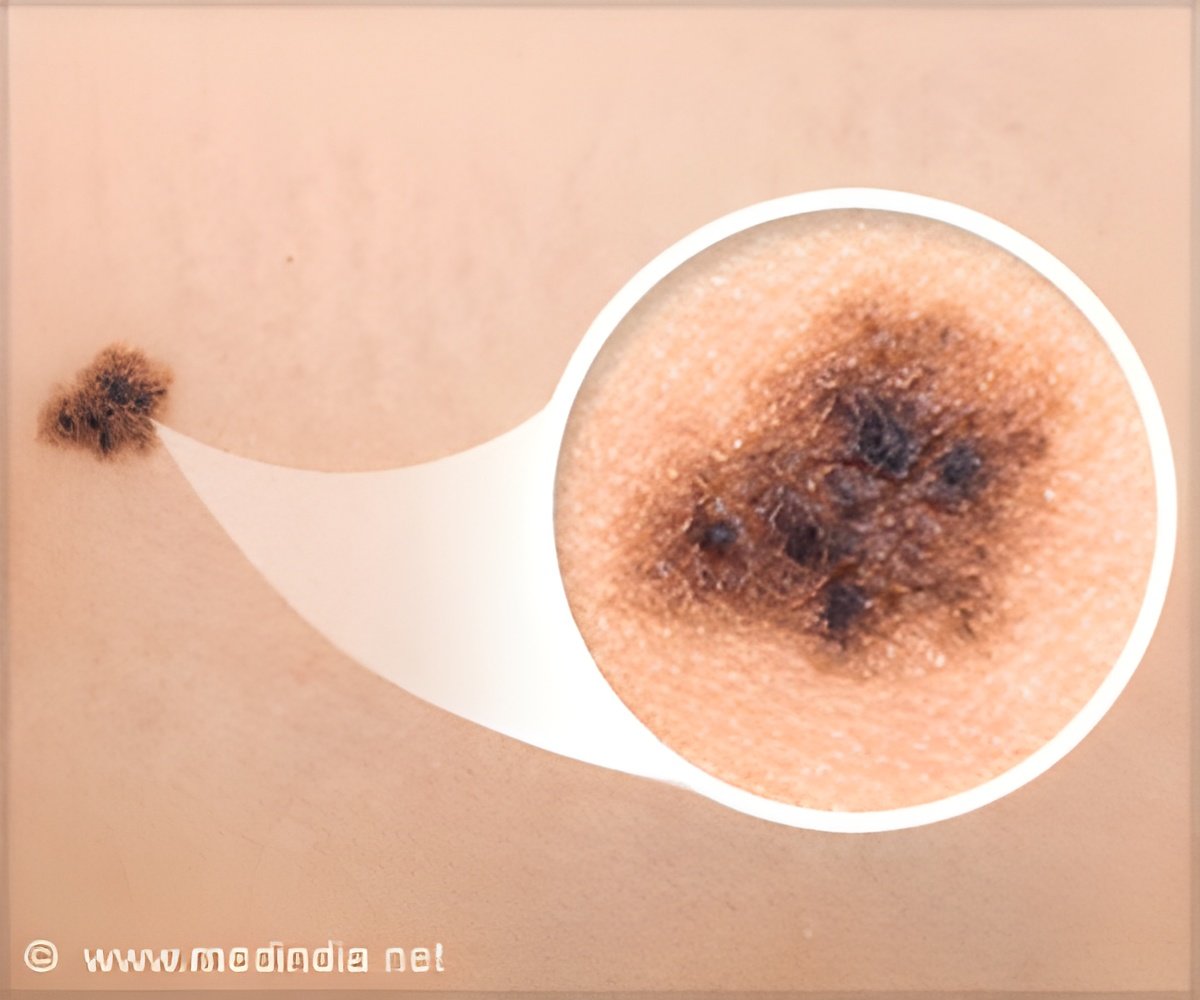Tight clothing like petticoats and dhotis can lead to skin issues like irritation, itching, and squamous cell carcinoma.

- Wearing tight petticoats repeatedly can cause chronic irritation, leading to Squamous cell carcinoma (SCC)
- Loosening the waist cord and moisturizing can prevent skin irritation
- Wearing loose fabrics, proper hygiene, and checking skin can prevent waistline problems
Saree cancer (petticoat cancer) has recently shaken the hearts of many women. A tightly tied petticoat under the saree can cause inflammation. When worn repeatedly it creates chronic friction or irritation in the region that could lead to cancer (1✔ ✔Trusted Source
Petticoat cancer: Marjolin ulcer of the waist in South Asian women (a site-specific malignancy)
).
Advertisement
How Tight Petticoats Can Lead to Saree Cancer
A saree is a traditional attire worn by women in India, particularly in rural areas. It is wrapped around the body with the support of a petticoat. The petticoat’s cord is tied tightly around the waist for grip. This tight cord often leads to dermatitis and depigmentation.
While saree cancer is prevalent in the Indian subcontinent, it is rare. In 2011, two cases were found with lesions on the skin. Long-term wearing of a saree has resulted in waist dermatoses.
Dr N Sapna Lulla, Lead Consultant, Obstetrics & Gynaecology, Aster CMI Hospital, said that a cancer of this type is known as squamous cell carcinoma.
Advertisement
Squamous Cell Carcinoma
Squamous cell carcinoma (SCC) is a type of skin cancer that can develop in skin exposed to chronic irritation or friction. It is not just the petticoat that can cause cancer, rather any tightly worn clothes like dhotis and jeans can increase the risk of SCC at the waistline.
Dr Nataraj Naidu, Consultant Surgical Oncologist, SPARSH Hospital, Bangalore, said that chronic irritation at the waist can be easily avoided by loosening the waist cord or knot and by applying a moisturizing cream at night.
“The incidence of malignancy in scar tissue is between 0.1% to 2.5%, making it a rare type of skin cancer”
“While SCC can occur on the skin exposed to chronic irritation, on the abdomen due to tight petticoats, the term ‘saree cancer’ may be misleading,” said Dr Naidu.
Advertisement
Preventing Skin Problems from Tight Petticoats
Dr Triveni Arun Akkiraju, Consultant, Obstetrics & Gynecology, Rainbow Children’s Hospital, said that wearing tight petticoats only causes cancer, not the saree. So it is important to be aware of the skin color changes in the waist area.
Continuous irritation on the waist can be increased by the hot, humid tropical climate and poor hygiene. This results in the accumulation of irritants like dust and sweat in the waist causing skin changes.
Some of the symptoms of waistline cancer are red itchy patches, formation of ulcers, and raised lumps near the waistline. Wearing loose and breathable fabrics with proper hygiene and skin care can help in reducing dermatoses. Taking breaks from wearing sarees and regular skin examinations for any unusual skin changes are also important.
Reference:
- Petticoat cancer: Marjolin ulcer of the waist in South Asian women (a site-specific malignancy) – (https://casereports.bmj.com/content/17/11/e262049)
Source-Medindia



